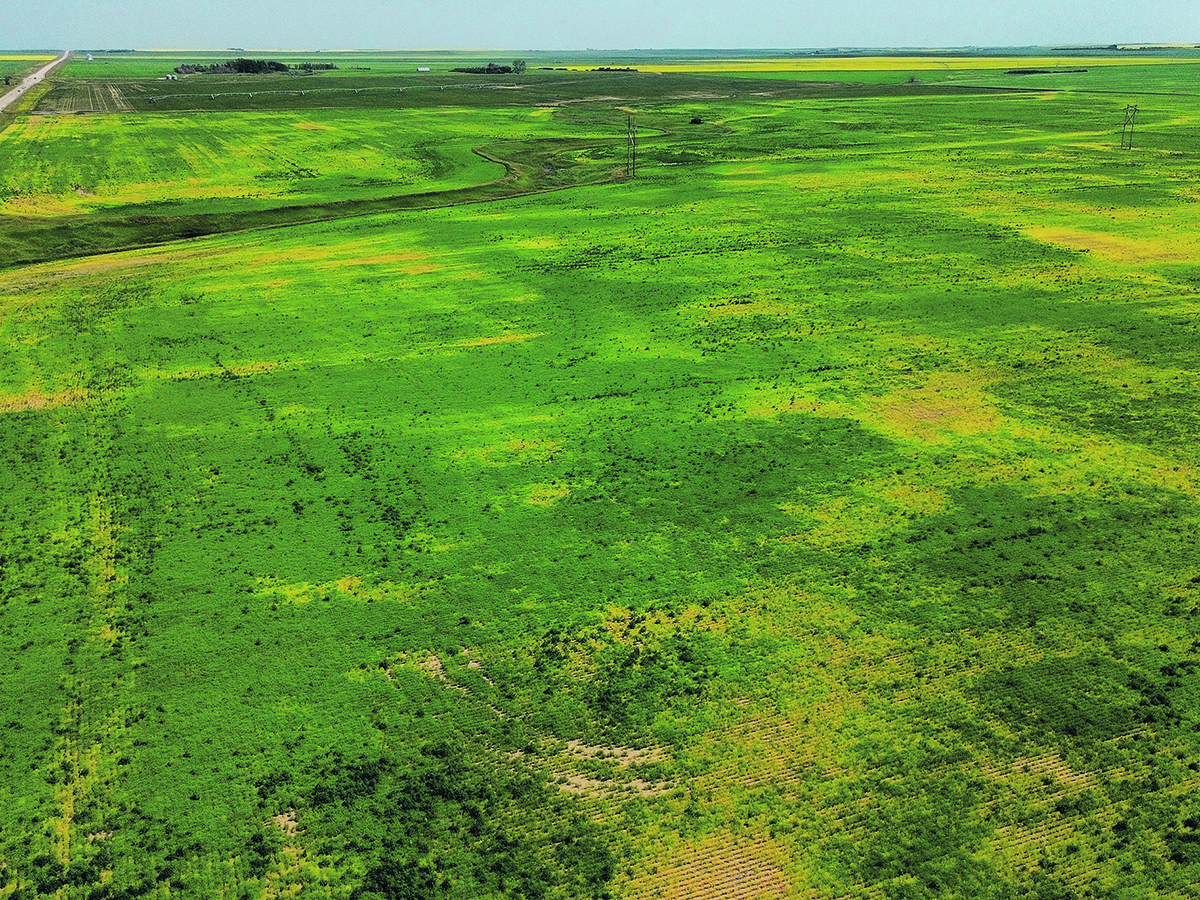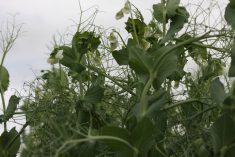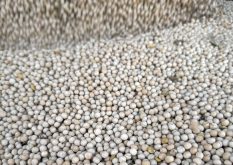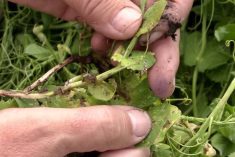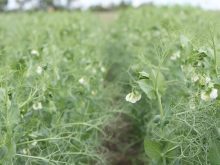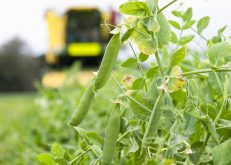Researchers need to conduct more field testing to determine which varieties have increased resistance to the disease
WINNIPEG — Tests of field pea varieties conducted this summer in plot trials suggest that some commercial varieties have more genetic resistance to root rot than others.
It’s not a huge amount of additional resistance, but some are marginally better.
“Based on the field results, it doesn’t look like massive differences, but I think there are some differences,” said Tom Warkentin, a field pea and soybean breeder at the University of Saskatchewan.
Read Also

Saskatchewan puts crown land auction on hold
Auctions of Saskatchewan crown lease land are once again on hold.
A couple of years ago, U of S experts learned that certain pea varieties may have stronger resistance to root rot.
Indoor testing showed that several varieties on the market, including AAC Ardill, AAC Aberdeen, CDC Amarillo, CDC Lewochko and AAC Profit, can better withstand aphanomyces and the other pathogens in the root rot complex.
Field pea and lentil growers have been struggling to cope with aphanomyces root rot — a complicated soil disease — since it was discovered in Saskatchewan in 2012 and Alberta in 2013.
The disease thrives in wet soil conditions and hinders nodule development on pea roots.
“Which further exacerbates symptoms, as plants will not be able to fix nitrogen needed for growth,” says the Manitoba Pulse & Soybean Growers website.
“As a result of both root infection and nodule loss, infected plants produce fewer pods, a reduced number of seeds per pod or may even die before pod development.”
However, the root rot complex is more than just aphanomyces, says the SaskPulse website.
“In fact, it is usually aphanomyces and fusarium together that are the most devastating. Therefore, it is not only about managing aphanomyces but fusarium as well.”
To test the indoor results, scientists conducted plot trials in root rot nurseries at Lethbridge, Saskatoon and Morden, Man., in 2024.
It’s hard to draw firm conclusions from one growing season, so more research is needed to determine which pea varieties are more resistant.
“We’re going to run it (the trial) again next year: three locations in 2024 and three locations in 2025,” said Warkentin, who spoke at the Manitoba Agronomists Conference held mid-December in Winnipeg.
“I think we’ll shake out … that these are more resistant than those…. We should be able to pick out high, medium and low.”
To be clear, a pea variety with more resistance doesn’t mean it can be grown in a field with a high level of aphanomyces in the soil, but it could provide some short-term help for growers.
Right now, farmers with fields infected with root rot pathogens must wait six to eight years before seeding peas and lentils again.
In the long run, farmers need more tangible solutions, including new varieties with improved resistance to aphanomyces.
In January, the pulse industry and the provincial government of Saskatchewan announced $4.2 in funding to accelerate research and identify solutions to root rot.
“I think it is as very big deal,” Sabine Banniza, a U of S plant pathologist, said in January.
“It’s the first time a concentration of funding (has been) put to this issue.”


